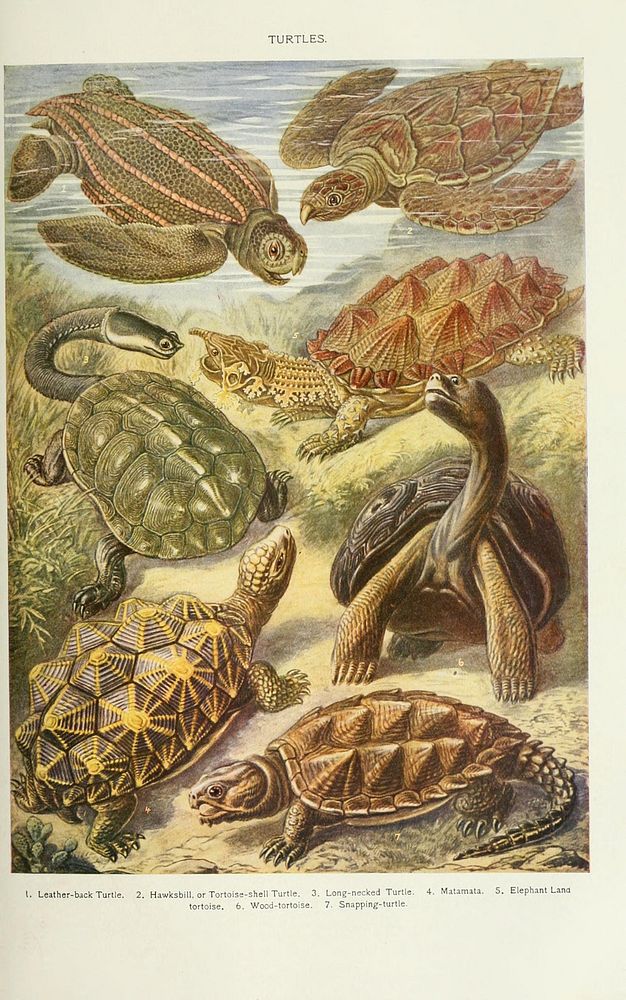https://creativecommons.org/publicdomain/zero/1.0/https://www.rawpixel.com/image/9975832

Identifier: americanaunivers15beac (find matches)Title: The Americana : a universal reference library, comprising the arts and sciences, literature, history, biograhy, geography, commerce, etc., of the worldYear: 1903 (1900s)Authors: Beach, Frederick Converse, 1848-1918 Rines, George Edwin, 1860- Scientific American, incSubjects: Encyclopedias and dictionariesPublisher: New York : Scientific American compiling dept.Contributing Library: University of California LibrariesDigitizing Sponsor: Internet ArchiveView Book Page: Book ViewerAbout This Book: Catalog EntryView All Images: All Images From BookClick here to view book online to see this illustration in context in a browseable online version of this book.Text Appearing Before Image:numbersleave the water at about midnight to deposittheir eggs in holes en the higher ground. Tworelated genera are found in Africa. The fam-ily Chelydidcr is confined to South Americ:. andAustralia. The matamata (Chclys matamata)is common in Cayenne. Its length when fullygrown is about three feet. It is remarkable inmany ways; its snout is prolonged as in Aspido-nectcs and the head and neck are covered withtufts of cutaneous outgrowths which probablyassist in the concealment of the animal in thethick aquatic vegetation among which it lives.It is carnivorous. To the Cryptodira belong the great majorityof living turtles and tortoises. This sub-orderincludes lo or 12 families. 7 of which have recentrepresentatives. The Chcloniida: includes thesea-turtles, in which the limbs are flat, scaly,inflexible paddles and the heads quite incapableof retraction within the shell. Only four gen-era and about seven species are known, allwidely distributed. The three Atlantic specie? TURTLES. «^r^-^^^Text Appearing After Image:1. Leather-back Turtle. 2. Hawksbill. or Tortoise-shell lurtie. 3. i-uni;-.,ecked Turtle. 4. Matamata. 5. Elephant Lana tortoise. 6. Wood-tortoise. 7. Snapping-turtle. TUSAYAN — TUSCALOOSA .ill (icciir on our shores more or less frequently.The best-known one is the green turtle, whoseflesh is so highly esteemed in soups, etc. Thisspecies (Chclonc midas) is the largest of sea-turtles, and reaches in some cases a weight ex-ceeding 1,000 pounds. It occurs in all parts of theworld when tlie water is not very cold, but mostnumerously about tropical archipelagoes. Aswith the other large sea-turtles, the most numer-ous catch is made when the females come onshore at egg-laying time, on moonlight nightsin summer. Their retreat is cut olT and theturtle turned on its back. When once in thisposition these turtles are unable to right them-selves. They can endure many weeks withoutfood and water, and hence can be transportedgreat distances on seas in the hold of ships.Before the days of refrigeraNote About ImagesPlease note that these images are extracted from scanned page images that may have been digitally enhanced for readability - coloration and appearance of these illustrations may not perfectly resemble the original work.
Original public domain image from Wikimedia Commons
Public DomainFree CC0 image for Personal and Business use